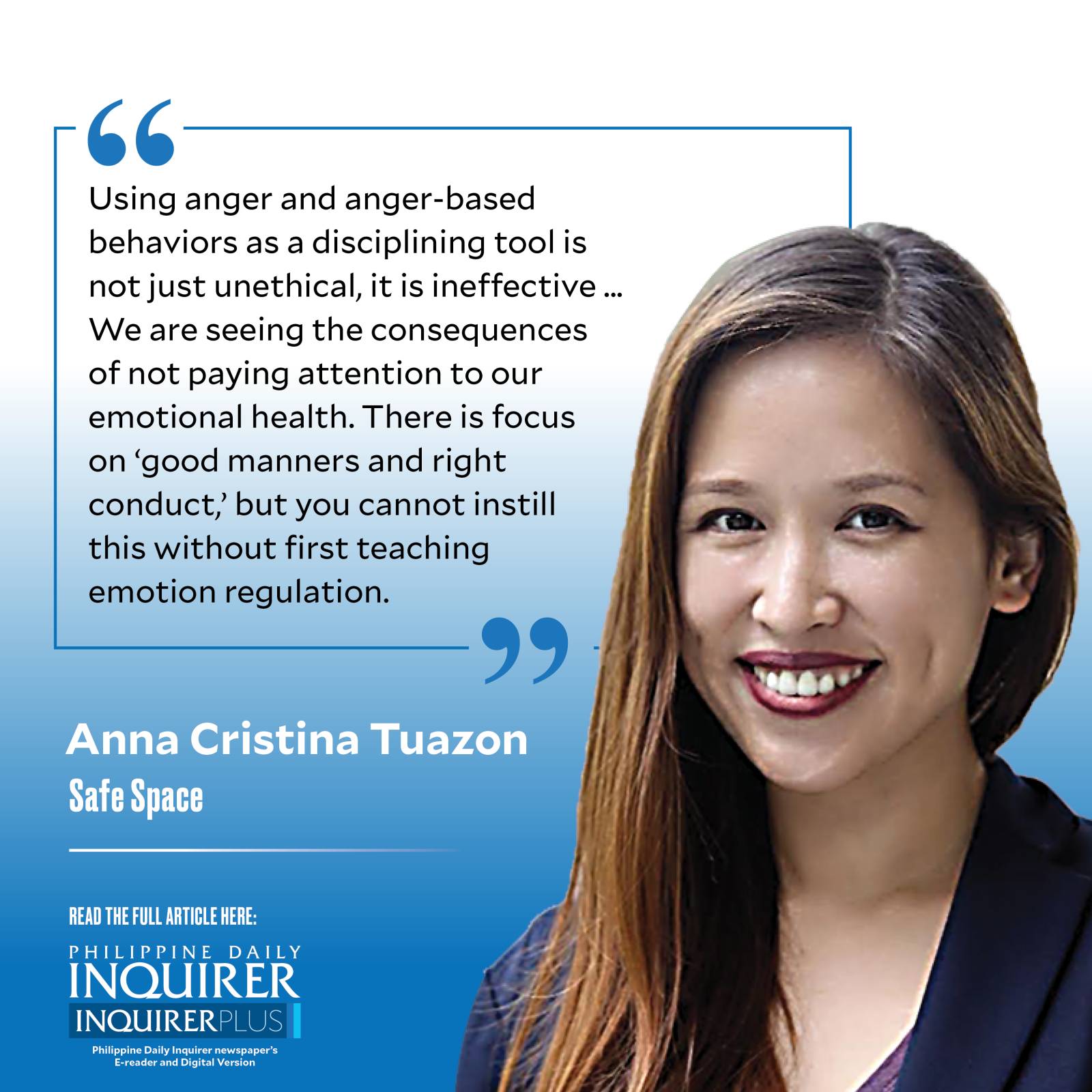
Viral moments on social media become viral when it brings to the surface a community’s unspoken battle of values. For example, we have witnessed for a long time—not just during this administration—that our government had not been the best steward of our natural resources and environment, choosing instead to prioritize commercialization and privatization.
Yet it took the shocking visual image of a multicolored waterslide embedded in the Chocolate Hills for us to muster up public outrage. Another viral moment, currently under investigation by the Department of Education, involved a public school teacher seemingly berating students in a classroom—all while being livestreamed on TikTok. The varying reactions it garnered reflected long-held beliefs about the role of discipline in the classroom, the emerging awareness of what constitutes child or student abuse, and the state of our public school system that facilitates such outbursts from our educators.
Among the debates around this issue, there were some who lamented the lack of discipline in the classroom and how child protection policies have handicapped teachers from being able to manage their students effectively. This is a false dichotomy and something that should be put to rest once and for all. We can instill discipline in ways that do not harm the child. We can get inspiration from developments in the science of parenting.
Parenting strategies have evolved toward positive parenting where the focus is on the relationship between parent and child rather than focusing solely on demands and expectations. Contrary to popular belief, positive parenting is not permissive parenting. We take the time to set appropriate rules and limits and help the child understand why these are in place. We encourage communication and regulated expression so that we can understand children better. When we are seen as someone who can listen and understand, in turn they will learn to listen and understand us. For children to learn emotion and behavior regulation, it is essential that parents model regulation first.
Drawing from this perspective, if we want our students to regulate their emotions and behaviors in the classroom, then teachers must demonstrate this as well. Unfortunately, some teachers have not been the best models for regulated behavior. My generation chuckles at our childhood experiences of teachers throwing erasers and chalks at us. I remember a Math teacher smacking me in the head for getting an equation wrong. A prominent dance teacher pulled me by my ponytail to bring me to the correct position in his choreography. As I expected these behaviors to be “normal,” I never questioned it. It did, however, make me dread dance practice despite loving to dance.
Why were these behaviors normalized to the point that some would wax nostalgia and wish to bring it back? Some people mistake fear for respect. More dangerously, some people think that the only way to get respect is through fear. And so these flashes of anger in the classroom are seen as a way to bring about discipline. However, anger is a dangerous tool. When using anger as a way to educate, we will not know exactly what they will learn from it. Will they learn to use anger as well when they don’t get or achieve what they want? Will they learn to shut down? Will they get into the habit of appeasement and lose the ability to assert themselves when needed? Using anger and anger-based behaviors as a disciplining tool is not just unethical, it is ineffective.
Whenever I see videos of outbursts, whether by a teacher or a student, what I see is not necessarily entitlement but dysregulation. As a parent and fellow teacher, yes, I get upset seeing these behaviors spill out toward children. And I also recognize someone who is, at the moment, so emotionally dysregulated that they have become controlled by their emotions. I know that they need help. Being willing to understand the person who is lashing out is not approval of their behavior. It is, instead, a step closer to finding a genuine solution to the problem. As a professional, the teacher must face the consequences of her actions. At the same time, there is more to be learned so we can prevent this from happening again. What has led a teacher to the point of giving in to her emotions in the classroom? What resources and support would have been helpful in increasing her ability to manage strong emotions in a stressful situation?
We are seeing the consequences of not paying attention to our emotional health. There is focus on “good manners and right conduct,” but you cannot instill this without first teaching emotion regulation. We must address teachers’ needs that affect their emotion regulation, so that they can model this for their students. That is how we can instill discipline in the classroom.
—————-
aatuazon@up.edu.ph

